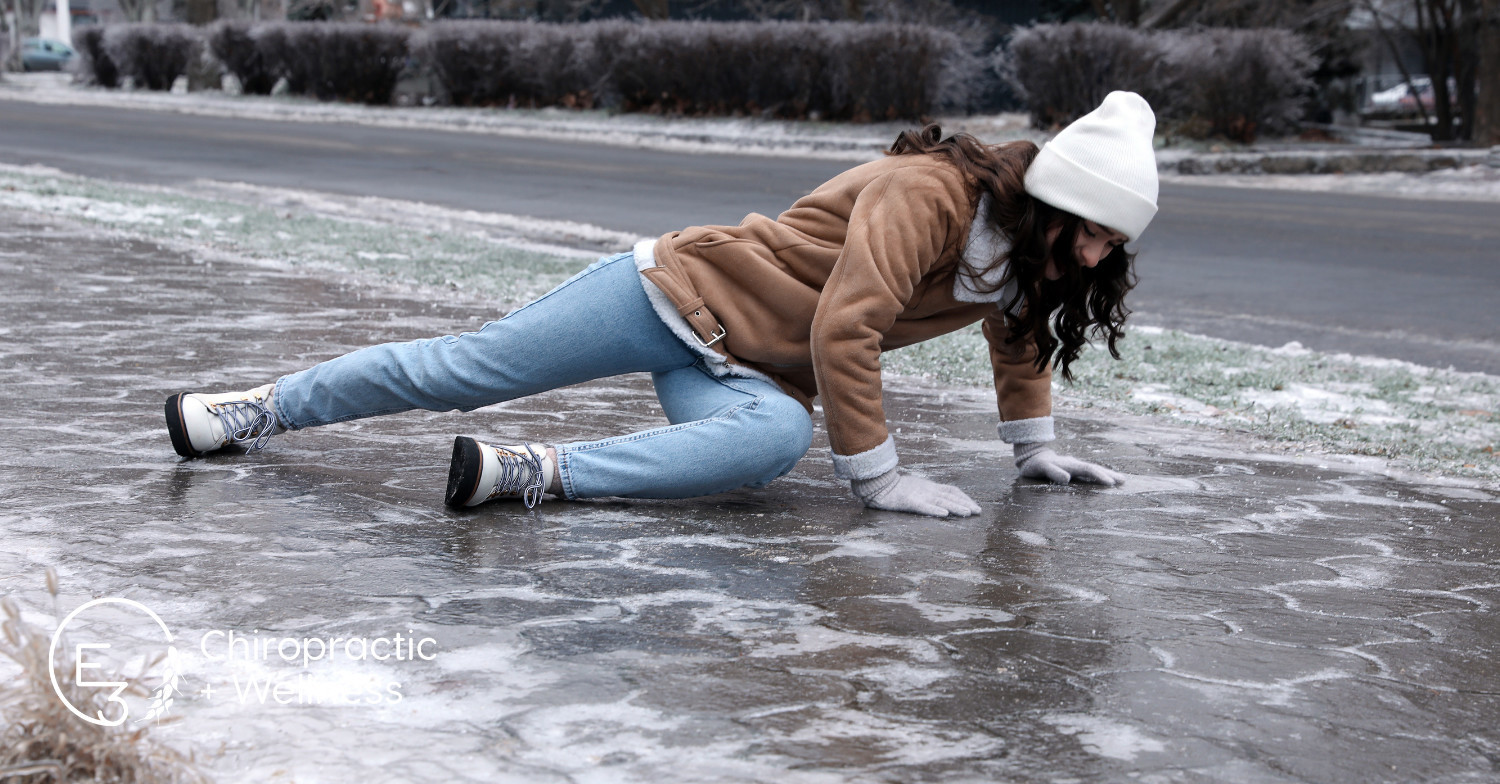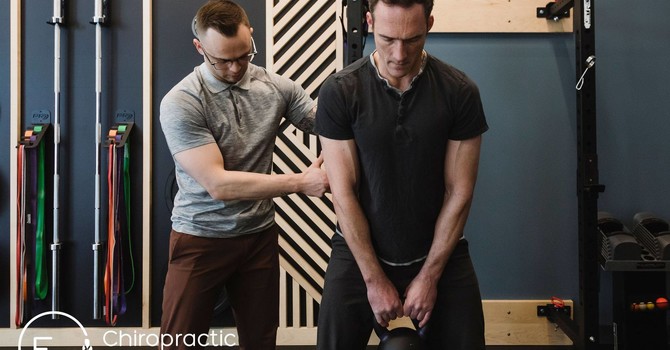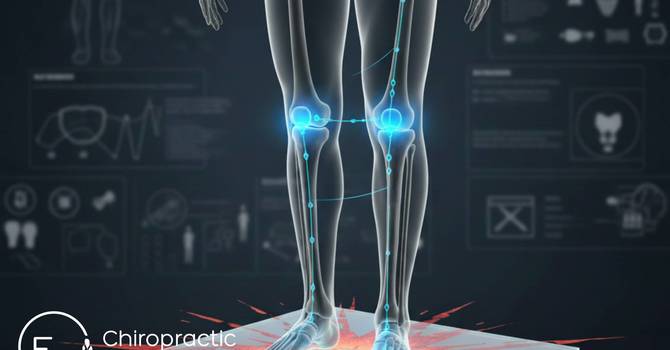
Winter in Canada brings snow-covered landscapes and picturesque scenes, but it also introduces one of the season’s biggest hazards—ice. Slipping and falling on icy sidewalks, driveways, and parking lots is a common winter injury that can lead to painful bruises, muscle strains, sprains, and even fractures. While accidents happen, there are proven strategies to minimize your risk and stay upright this winter.
At E3 Chiropractic + Wellness, we know how dangerous winter conditions can be and how crucial it is to take preventive measures to protect yourself. As a leading Saskatoon Chiropractor, we help patients recover from winter-related injuries and provide guidance on avoiding them altogether. Here’s how you can stay safe this winter season.
Understanding the Risks: Why Ice is So Dangerous
Ice creates an invisible and unpredictable surface that can make even a simple walk treacherous. The most dangerous conditions occur when:
- Ice is covered by a thin layer of snow, making it difficult to see.
- Sudden temperature fluctuations cause melting and refreezing, creating black ice.
- Footpaths, stairs, and parking lots are not properly cleared or treated with sand or salt.
- Footwear lacks proper traction, reducing stability on slippery surfaces.
Common Injuries from Slips and Falls
When people lose their balance on ice, they instinctively try to break their fall—often leading to:
- Wrist and arm fractures from bracing the impact.
- Hip injuries from landing hard on one side.
- Tailbone bruises and lower back pain from falling backward.
- Head injuries or concussions, particularly dangerous if hitting a hard surface.
While these injuries can be painful and disruptive, many of them are preventable with the right strategies.
6 Essential Tips to Prevent Slips and Falls on Ice
1. Wear Proper Footwear
One of the simplest and most effective ways to stay safe is choosing footwear with good traction. Look for:
- Rubber soles with deep treads for better grip.
- Slip-resistant boots designed for winter conditions.
- Ice grippers that can be attached to shoes for extra traction on extremely icy days.
- Avoid smooth-soled shoes or high heels, which significantly increase the risk of slipping.
2. Walk Like a Penguin
It may sound silly, but adopting a penguin-like walk can greatly improve stability on ice:
- Take small, shuffling steps instead of long strides.
- Keep your knees slightly bent to lower your center of gravity.
- Lean slightly forward to keep your weight over your front leg.
- Keep your hands free to help with balance—avoid carrying heavy bags in one hand.
3. Be Mindful of Your Surroundings
Awareness is key to avoiding icy hazards. Keep these precautions in mind:
- Plan your route and avoid known icy areas.
- Use designated walkways that have been salted or sanded.
- Avoid shortcuts over snow-covered grass or icy parking lots.
- Take your time—rushing increases the likelihood of slipping.
4. Strengthen Your Core and Improve Balance
A strong core and good balance help prevent falls. Engaging in core-strengthening exercises can improve stability and body control. Some beneficial exercises include:
- Planks (forearm or side planks)
- Bridges to activate core and lower back muscles
- Single-leg stands to enhance balance
- Tai Chi or Yoga, which emphasize stability and flexibility
- Regular exercise throughout the winter will keep your body conditioned and less prone to falls.
5. Use Handrails and Support When Available
Whether you’re climbing stairs, entering a building, or walking down a ramp, always use handrails for extra support. If none are available, try placing your hands out slightly to help with balance and avoid putting them in your pockets.
6. Keep Your Driveway and Walkways Clear
If possible, remove ice and snow from your property regularly. Here are some tips:
- Shovel snow immediately after it falls before it turns into packed ice.
- Use sand, salt, or ice melt on high-traffic areas.
- Consider heated driveway mats for frequently used areas.
What to Do If You Fall
Even with the best precautions, slips can still happen. If you do fall, try to protect yourself from serious injury:
- Tuck your chin to avoid hitting your head.
- Keep your elbows and knees bent to absorb the impact.
- Try to roll with the fall rather than landing stiffly.
- Check for pain or discomfort before getting up too quickly.
If you experience pain, swelling, or limited mobility after a fall, it’s important to seek professional care.
How Chiropractic Care Can Help After a Fall
At E3 Chiropractic + Wellness, we specialize in helping patients recover from winter-related injuries. If you’ve slipped on ice and are dealing with back pain, joint stiffness, or muscle strains, chiropractic care can provide:
- Spinal adjustments to realign joints and relieve pressure.
- Soft tissue therapy to reduce muscle tension and promote healing.
- Rehabilitation exercises to restore strength and flexibility.
- Posture and movement assessments to improve overall balance and mobility.
Stay Safe This Winter
Winter can be beautiful, but it also requires extra caution. By wearing the right footwear, adjusting your walking style, staying active, and being mindful of your surroundings, you can significantly reduce your risk of slips and falls on ice.
If you’ve recently taken a fall or want to prevent injuries before they happen, E3 Chiropractic + Wellness is here to help. As a trusted Saskatoon Chiropractor, we offer expert care to keep you moving safely and pain-free all winter long.
Click HERE to book a free discovery call today to discuss any pain or discomfort you may be experiencing and learn how chiropractic care can help you stay strong and injury-free this season.





